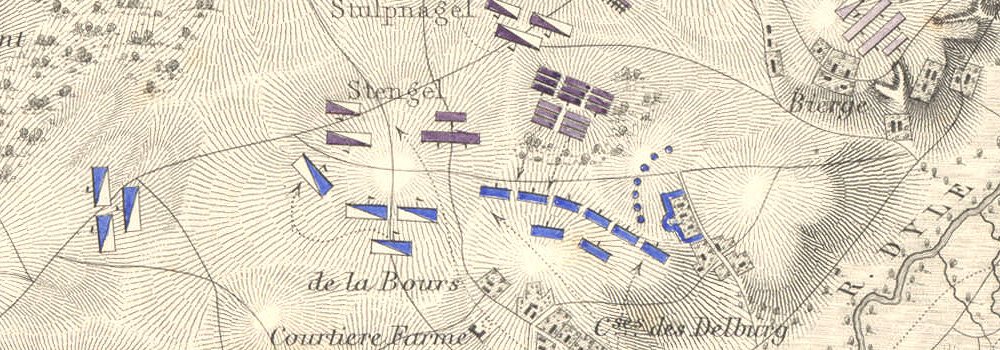The British force was assembled at bases in India in early 1811, initially overseen by Vice-Admiral William O’Bryen Drury, and then after his death in March, by Commodore William Robert Broughton. The first division of troops, under the command of Colonel Rollo Gillespie, left Madras on 18 April, escorted by a squadron under Captain Christopher Cole aboard the 36-gun HMS Caroline. They arrived at Penang on 18 May, and were joined on 21 May by the second division, led by Major-General Frederick Augustus Wetherall, which had left Calcutta on 21 April, escorted by a squadron under Captain Fleetwood Pellew, aboard the 38-gun HMS Phaeton. The two squadrons sailed together, arriving at Malacca on 1 June, where they made contact with a division of troops from Bengal under Lieutenant-General Sir Samuel Auchmuty, and Commodore Broughton aboard the 74-gun HMS Illustrious. Auchmuty and Broughton became the military and naval commanders in chief respectively of the expedition. With the force now assembled Auchmuty had roughly 11,960 men under his command, the previous strength having been reduced by approximately 1,200 by sickness. Those too ill to travel on were landed at Malacca, and on 11 June the fleet sailed onwards. After calling at various points enroute, the force arrived off Indramayu on 30 June.
There the fleet waited for a time for intelligence concerning the strength of the Dutch. Colonel Mackenzie, an officer who had been dispatched to reconnoitre the coast, suggested a landing site at Cilincing, an undefended fishing village 12 miles east of Batavia. The fleet anchored off the Marandi River on 4 August, and began landing troops at 14:00.The defenders were taken by surprise, and nearly six hours passed before Franco-Dutch troops arrived to oppose the landing, by which time 8,000 British troops had been landed. A brief skirmish took place between the advance guards, and the Franco-Dutch forces were repulsed.
The British Army troops attached to the force included 12,000 soldiers from the 22nd Light Dragoons; 14th Foot; 59th Foot; 69th Foot; 78th Foot; 89th Foot; 102nd Foot. There were also contingents of the Royal Marines, and several regiments of Madras Native Infantry and Bengal Native Infantry, with half of the overall troop strength consisting of Indian troops of the East India Company. General Samuel Auchmuty was the overall commander, but he delegated the field command to Major General Rollo Gillespie.
